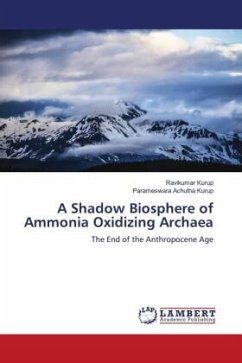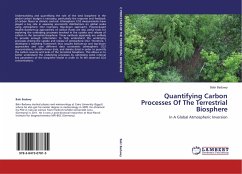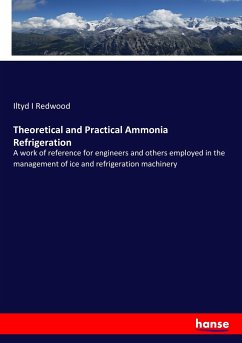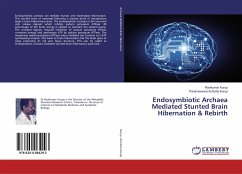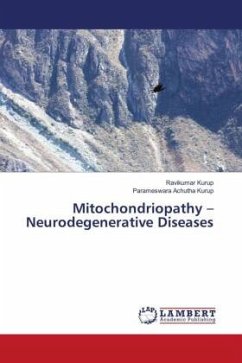The global warming and emerging viral infection could lead to extinction of the sapiens and its hybrids. The archaeal growth in the neanderthalic population suppresses mitochondrial function and enhances glycolysis resulting in the Warburg phenotype. This results in accumulation of pyruvate which is converted to glutamate and then ammonia. The ammonia is oxidized by the archaea for its energy. The ammonia can also be converted to urea by the urea cycle. The brain itself has been demonstrated to have the urea cycle. The urea can be used by archaeal urease to generate energy. The ammonia can fix carbon dioxide to generate carbamoyl phosphate starting urea cycle. Thus carbonylation of the cell proteins results in cellular destruction. The archaea grows by oxidizing the ammonia generated and by fixing carbon dioxide using ammonia.
Bitte wählen Sie Ihr Anliegen aus.
Rechnungen
Retourenschein anfordern
Bestellstatus
Storno

